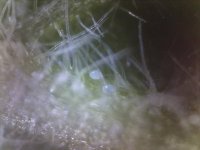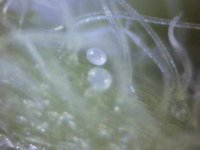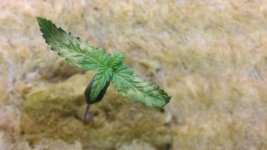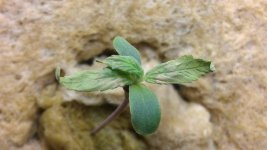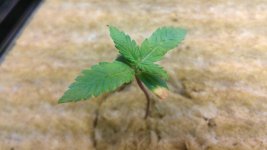The most typical damage.
On the lower parts of plants...





I see 3 different types of damage on my plants. This one on this pictures, then curly leaves like on the first picture in my previous post and the third one is on the second picture(leave with spots on the side) previous post.
What do you people think?
And sorry for my poor English!
On the lower parts of plants...
I see 3 different types of damage on my plants. This one on this pictures, then curly leaves like on the first picture in my previous post and the third one is on the second picture(leave with spots on the side) previous post.
What do you people think?
And sorry for my poor English!

